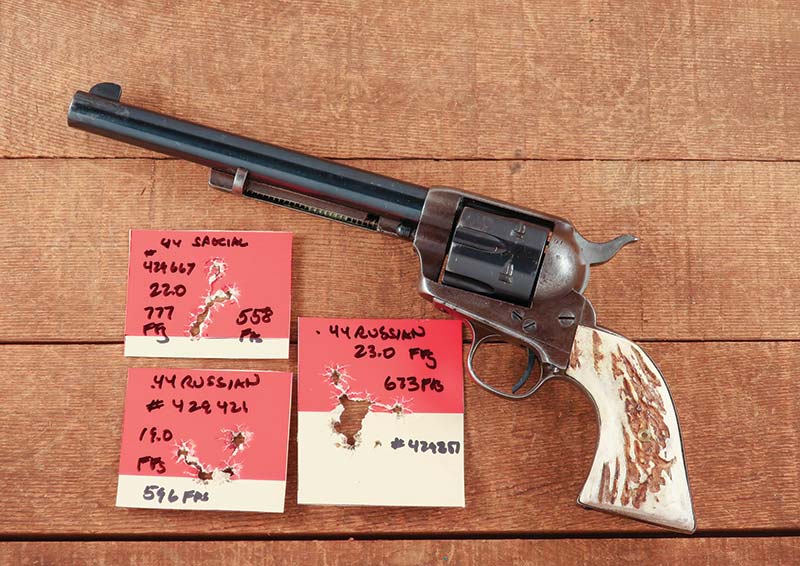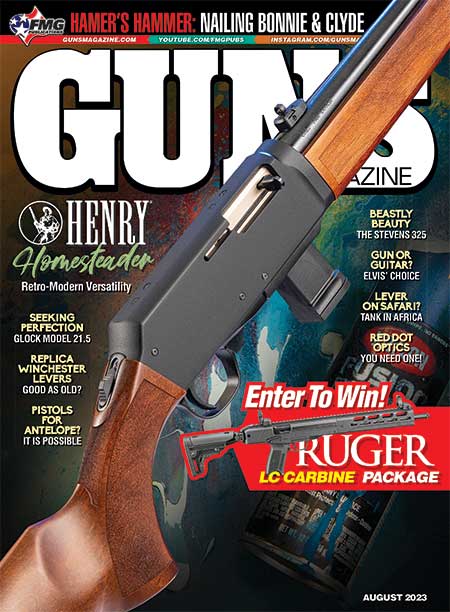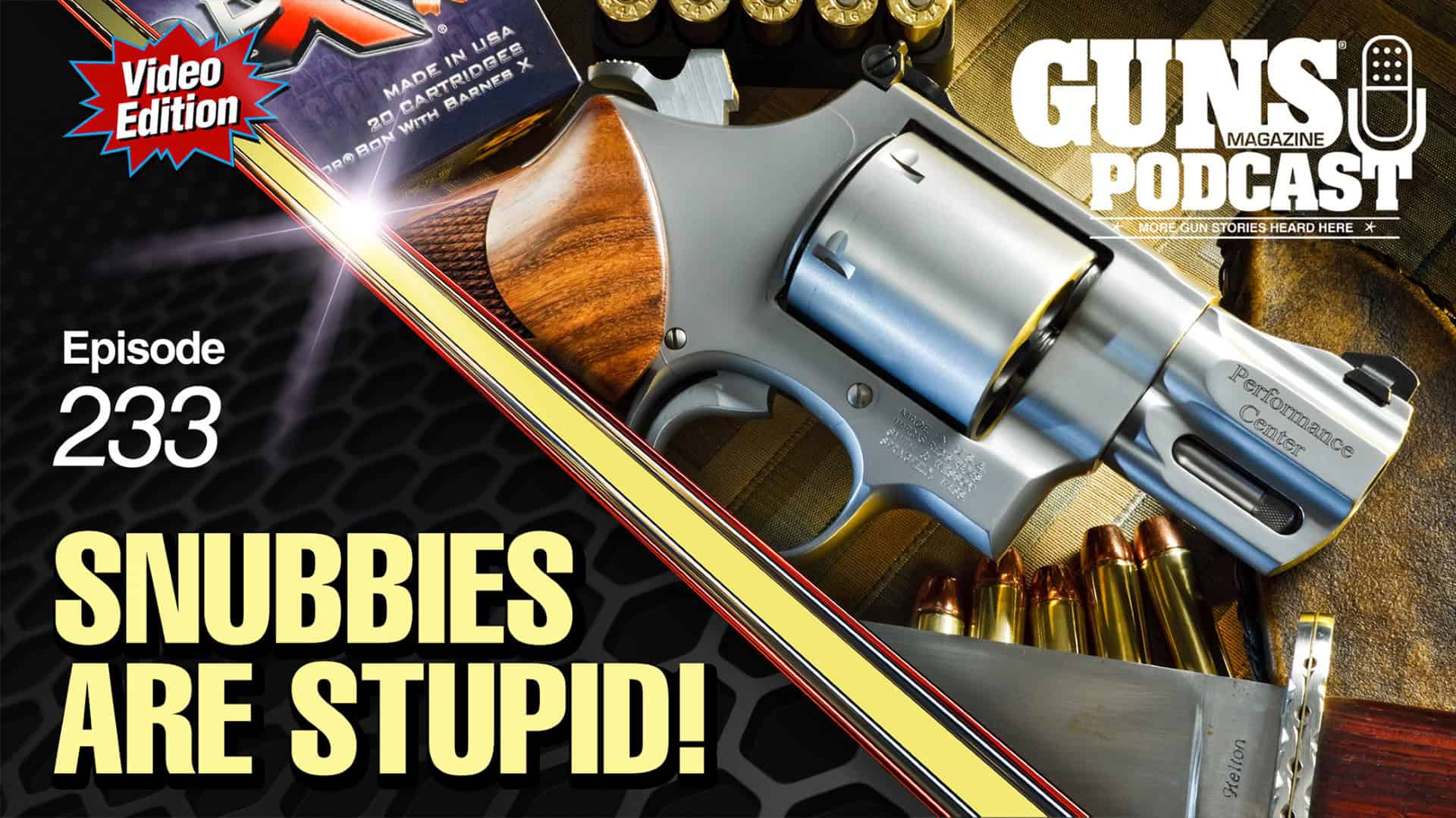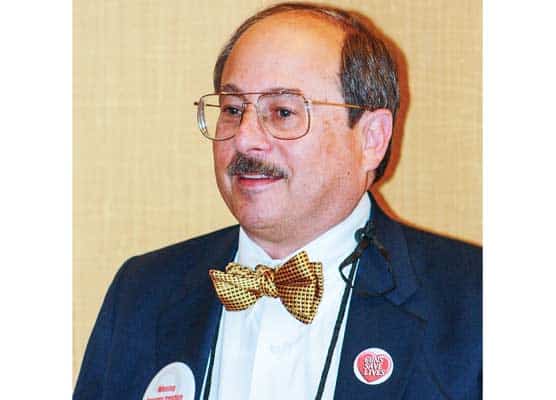Black Powder And The Specials
Setting The Record Straight
Concluding this series, we now look at the last two black powder cartridges, the .38 Special and the .44 Special. I can hear those saying “Whoa! Wait a minute. Everyone knows both of the Specials began life as modern smokeless powder cartridges. The Military & Police was specially designed to bring Smith & Wesson into the modern age of swing-out cylinder revolvers and it was designed around the .38 Special cartridge!” Not quite.
Uncommon Knowledge
The roots of the Military & Police go back to 1896 with the arrival of the .32 Hand Ejector Model. This model went through some improvements and according to the S&W Historian Roy Jinks book, History of Smith & Wesson, we have this —
“With the mechanical design completed, D.B. Wesson discussed the merits of this gun with his son, Joseph. The revolver was originally designed to fire the .38 United States Service cartridge (.38 Long Colt) at the time but this cartridge had developed a reputation for lack of power. D.B. Wesson suggested the cartridge case be lengthened to allow the powder charge to be increased from 18 grains of black powder to 21 1/2 grains. The bullet weight was changed from 150 grains to 158 grains, this new cartridge was called the .38 S&W Special and the factory literature shows the improved cartridge had a penetration of eight and one-half pine boards, each 7/8″ thick, a penetration 2″ greater than that of the U.S. Service load. With the development of the new cartridge, the factory introduced the .38 Military and Police Model. Little did they dream they had introduced what would become Smith & Wesson’s most famous model, plus a new cartridge that would become standard among competitive shooters and law enforcement agencies around the world.”
So there we have it. The sixgun, which would become known as the K-Frame, was originally designed not for the .38 Special but the .38 Long Colt. In the original loading, the .38 Special was definitely black powder.
The .44
Okay, so the .38 Special was originally a black powder cartridge — but certainly not the .44 Special, which didn’t arrive until late 1907, long after smokeless powder handgun cartridges. Guess again! The .44 Special is nothing more than the .44 Russian Cartridge made longer. Again we hear from Roy Jinks — “The .44 Hand Ejector was the last of the side-swing revolvers introduced by Smith & Wesson. The firm began development of a large-frame revolver in 1905. The revolver was designed to handle a new cartridge developed by the increase of three grains of black powder, bringing the charges to 26 grains. The factory selected a 246-grain bullet, and test with the new load showed it would penetrate nine pine boards, each of 7/8″ thickness…. When the revolver was introduced in 1908, the catalog stated it was available in blue or nickel, 5″ or 6 ½” barrel in either .44 S&W Russian or .44 S&W Special caliber.”
We find further evidence of why the .44 Special began life as a black powder cartridge in Centerfire American and British Pistol and Revolver Cartridges, 1950, by H.P. White and BD Munhall.
According to the book, “In September 1907 Smith & Wesson brought out a new gun known as the .44 New Century Model. It was chambered for a new cartridge that was an attempt to improve the .44 Smith & Wesson Russian round…. Because a satisfactory smokeless powder suitable for use in handguns had not yet been developed, Smith & Wesson still depended upon black powder.” They go on to say the increase in powder from 23 grains to 26 grains under a 246-grain bullet resulted in a muzzle velocity of 755 fps compared to the .44 Russian’s 680 fps.
Loading
When it comes to .38 Special black powder cartridges, I have a great deal of experience loading them but much less shooting them. This is for the simple reason Diamond Dot shot black powder .38 loads when she competed in Cowboy Action Shooting.
I came up with three loads for her using Hodgdon’s Triple-Seven FFFg powder. Neither one of us ever got into the lightest-possible-load syndrome for competition so this powder was chosen to give us some decent velocities. Using the 140-grain hard cast lead bullet over Triple-Seven gave her loads from about 800-850 fps — no punishing recoil but still well above mouse loads. Recently, I decided to test some of her loads using a pair of Great Western .38 Specials, one with a 7 ½” barrel and the other fitted with a 5 ½” barrel. I got a real surprise with the longer barrel as all loads keyholed at 20 yards. So, I need to do some experimenting and investigating to see what the problem is.
Switching to the 5 ½” barrel gave completely different results. With the same 140-grain bullet over 15.0 grains of Triple Seven, the muzzle velocity was 875 fps with a 1 ¾” group for five shots at 20 yards. The same load over the Oregon Trail 158 RNFP bullet came in at 826 fps and a 1 3/8″ group. I did get one surprise as the 140-grain bullet over 17 grains of Triple-Seven clocked out at about 25 fps less muzzle velocity than loads with two grains less powder. They were loaded at different times, so?
Switching to the .44 Special, my sixguns of choice for a long time has been a pair of USPFA .44 Specials, one with a 7 ½” barrel and the other is a 4 ¾” .44-40 using an auxiliary .44 Special cylinder. The original .44 Special bullet was a 246-grain round-nose lead bullet, so I stay fairly traditional using the 250-grain Lyman #429383 and my most used powder charge is 26 grains. Using this powder charge with Goex FFg yields 762 fps; Goex FFFg, 812 fps; Goex Cartridge, 756 fps; Pyrodex, 723 fps, and Hodgdon’s Select tops out at 806 fps. The same loads in the shorter barrel yield muzzle velocities of 734 fps, 787 fps, 729 fps, 758 fps, and 775 fps.
Curtain Call
This brings to a close our look at some of the original handgun cartridges loaded with black powder. I literally spent the summers of 2021 and 2022 shooting black powder almost exclusively in both percussion sixguns and cartridge revolvers.
Loading black powder cartridges or percussion revolvers takes more time than smokeless rounds. However, not only are they an important part of history, they do impart great doses of nostalgia and I just find it quite relaxing to shoot. I have a good supply of all cartridges covered so hopefully there will be a lot more black powder cartridge shooting in my future.







